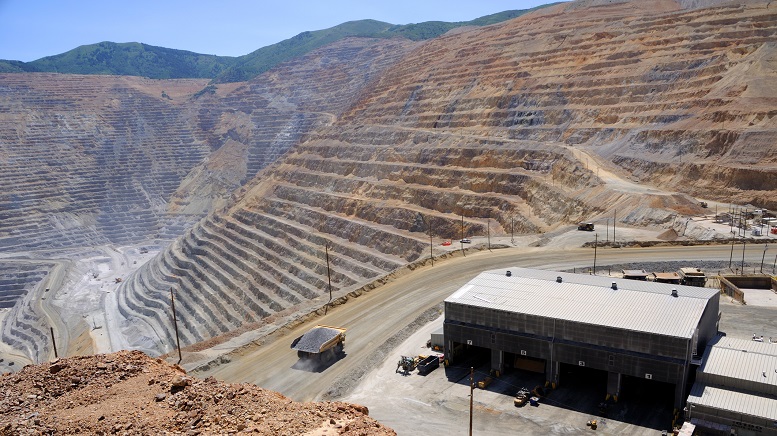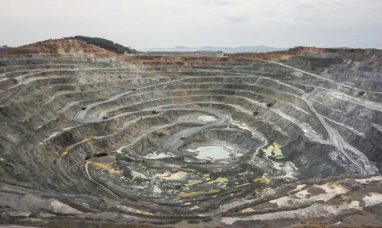Black Cat Syndicate (BC8) (ASX: BC8) has become the latest gold mining company to complain about the labor shortage in Western Australia (WA). Black Cat has about 242,900oz of delectable gold reserves in deposits around the old Bulong Goldfield, dubbed the “Kal East Gold Project,” but has no workforce to continue the project. BC8 Managing Director Gareth Solly said,
“Recent mining cost increases have been factored into the Study capital and operating costs and Kal East remains highly competitive against other operating WA gold operations. The company has deferred the decision to build the Kal East processing facility until labor availability conditions improve and allow construction to commence.”
Black Cat is not the first gold mining company to complain about WA’s challenges with getting labor. This may remain for the time being, as WA’s local unemployment rate is just 2.9%, far below the 3.9% national rate. As competition for skilled mine workers remains fierce, Black Cat’s neighbor, Silver Lake, suddenly withdrew its guidance in its recent March quarterly report, citing the unpredictability of Covid-19 as the reason for the withdrawal. This situation has seen WA miners, drillers, and contactors offer high rates for newbies, with jobs requiring little to no experience heading into six figures.
Ramelius Resources (ASX: RMS) boss, Mark Zeptner in April, made known the difficulty his company, a 250,000ozpa gold miner, was having securing shutdown workers, as stories of shutdown workers getting poached for other higher-paying jobs were on the rise. Last year, another gold mining company, Bardoc Gold (ASX: BDC), also abruptly shelved plans to develop its project to the North of Kalgoorlie, opting instead for the project to be taken over by another gold miner, St Barbara, (ASX: SBM) citing higher than the expected cost from inflation as the reason for the take-over.
One might wonder if this shortage in human resources has affected the output of gold mines in the country’s GDP. Capital Economics Senior for Japan, Australia, and New Zealand, Marcel Thieliant, made a call saying, mining output could drop to just 5% of GDP by 2050. Thieliant also noted that the 9.9% GDP contribution recorded in the March quarter was 2.6% lower than the 11.5% recorded at the height of the pandemic, noting that this has been its lowest since 2015.
Featured Image: Megapixl © Ghwitton






